The spiral wells in Peru are believed to date back thousands of years. They are among the most remarkable hydraulic engineering works in the world.
Cantalloc Aqueducts are one of the most outstanding hydraulic engineering works in the world, constructed in the desert of Peru by the ancient Nazca culture (200 – 700 AD). Today, it is located 4 km west of the city of Nazca, Peru.
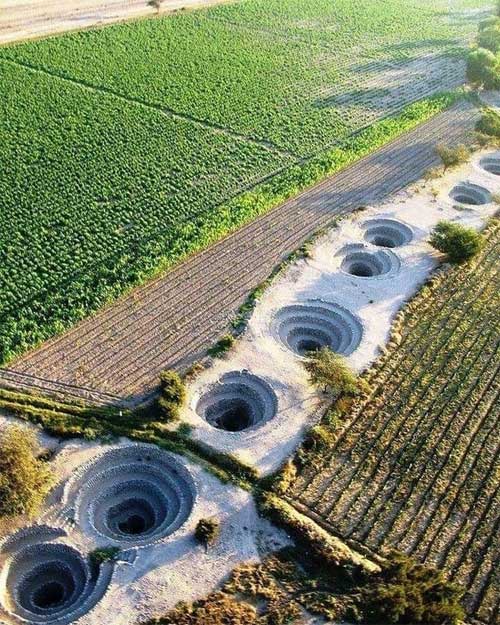
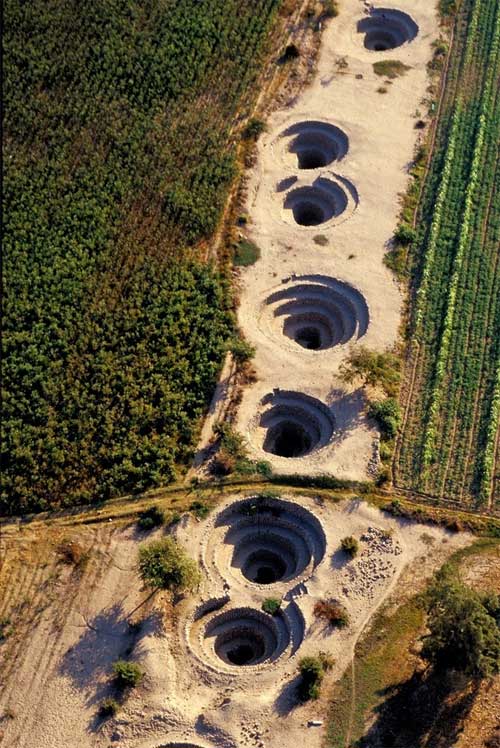
This is considered one of the most outstanding hydraulic engineering works in the world.
Among the 46 underground water conduits found, 32 are still operational despite being built 1,500 years ago during the pre-Inca period. In some cases, certain conduits extend several kilometers deep, reaching depths of up to 12 meters.
Slate and huarango tree trunks were used to construct the entrances to this water system. It is also known as puquios. Along the route of 35 puquios are spiral-shaped ventilation shafts used for cleaning, preserving, and collecting water.
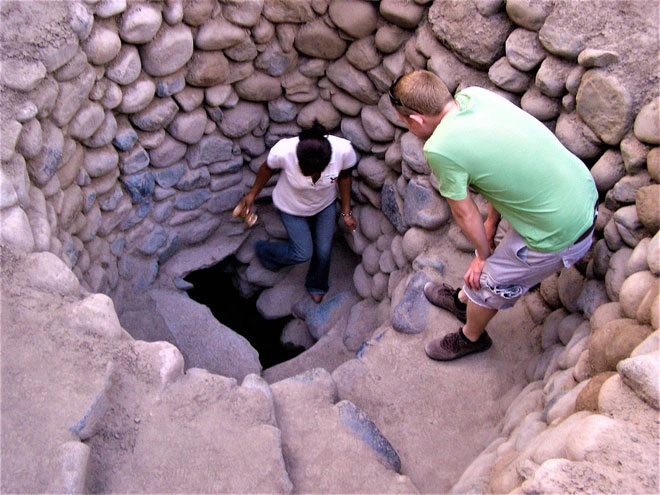
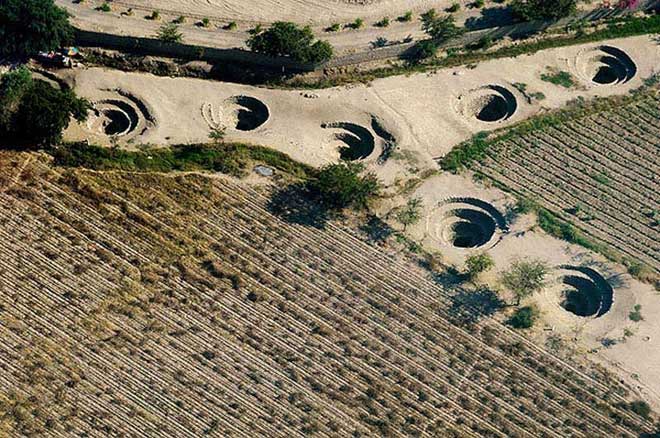
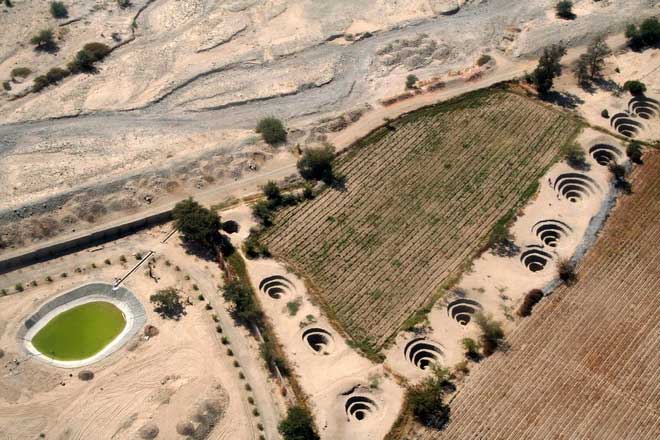
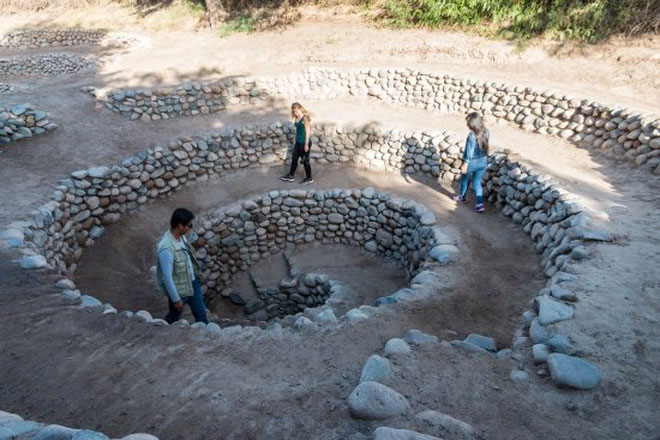
32 structures are still operational despite being built 1,500 years ago during the pre-Inca period.
The ancient inhabitants of Nazca devised ways to access groundwater for irrigation in arid regions and to combat prolonged droughts.
Today, some of these aqueducts are still used by local farmers. It is a unique irrigation system in Peru and perhaps the only one of its kind in the world.
The water systems ensure a supply of water to the city of Nazca and the surrounding fields, allowing the residents to cultivate cotton, beans, potatoes, and other crops in a barren region. Currently, this archaeological site attracts a large number of visitors every day.





















































